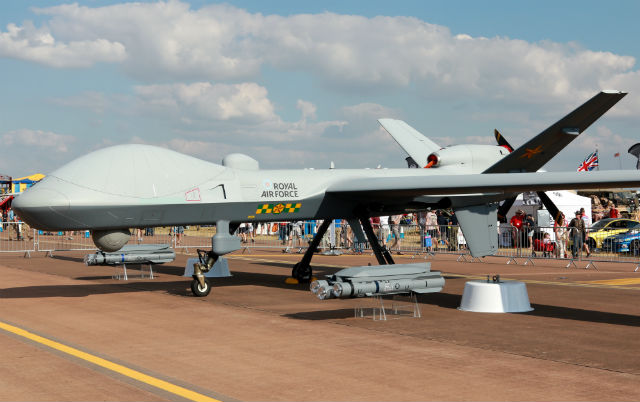The UK Ministry of Defence is making some progress with improving its financial planning around major projects, but the budget for its current equipment plan falls short of expected requirements by around £7 billion ($9.2 billion), the National Audit Office watchdog has warned.
Published on 5 November, the NAO's report into the 10-year plan until 2028 outlines expected spending of more than £193 billion on defence equipment and support, versus a funded total of just over £186 billion. However, it describes this as the most likely outcome, while under a "worst-case scenario" the deficit could reach £14.8 billion.
After criticising the MoD's long-term planning in a report last year, the NAO notes that its January launch of a modernising defence programme (MDP) has forced it to "revisit its aims for the 2018 plan", including "whether to delay, defer or de-scope some of its future requirements".
"Given the MDP has not yet completed, the department has focused on making just the first year of its 10-year plan affordable, but has had to find an additional £1.3 billion from the start of the year," the NAO says. "Decisions are now unlikely to be reflected in the 2019 plan," it adds.
"Delaying decisions increases the risk of the department not achieving long-term affordability and value for money," the report cautions. It cites two examples of recent measures to make savings: "Delaying by two years its programme to introduce new remotely-piloted aircraft, resulting in an estimated £160 million cost increase, and delaying some [Eurofighter] Typhoon training by one year, which increased costs by £6 million."
Noting that 84% of the identified financial risk exists within the next four years of the equipment plan, the NAO states: "This means the department needs to make immediate savings decisions, rather than relying on longer-term cuts or efficiencies. Deferring projects can lead to higher costs in later years and undermine strategic planning."

Mark Kwiatkowski/FlightGlobal
General Atomics Aeronautical Systems in July conducted a first transatlantic flight with the MQ-9B SkyGuardian remotely piloted air system. This is on order as a future successor to the Royal Air Force's Reaper fleet, and will be called Protector RG1 in UK service. While the original programme plans had called for deliveries to commence this year, the current schedule is for the medium-altitude, long-endurance type to achieve initial operational capability with 31 Sqn during 2023.
Currently unfunded defence requirements include a potential acquisition of the Boeing 737-based E-7 Wedgetail airborne early warning and control system to replace the RAF's aged E-3D Sentry fleet, along with planned updates such as the acquisition of active electronically scanned array radars for some of the service's newer Typhoons.
Once released, the coming MDP documentation could also provide some indication about the UK's future purchases of the Lockheed Martin F-35 Lightning. Current orders for the type comprise 48 in the short take-off and vertical landing version, against a stated total requirement for 138 of the stealthy type: the conventional take-off and landing variant could potentially also be acquired.
A £1 billion short-term defence spending boost was included as part of chancellor Philip Hammond's budget announcement last month, but these funds have been earmarked to support activities in areas including cyber warfare and nuclear deterrent-force submarines.
Source: FlightGlobal.com


























